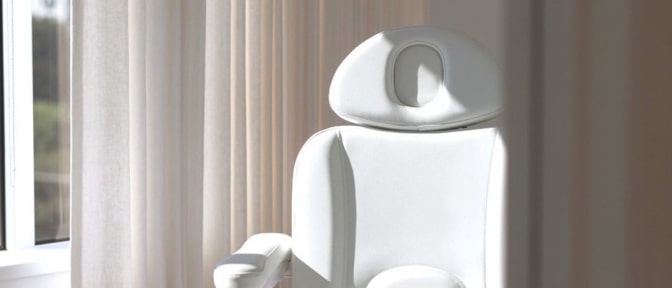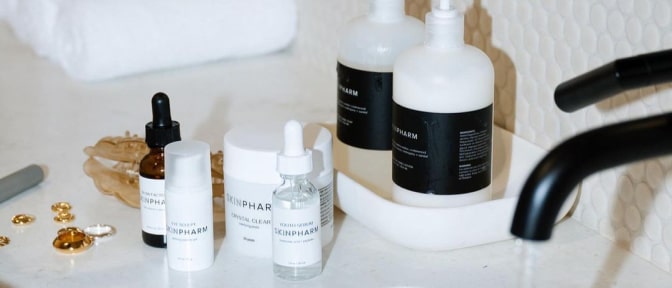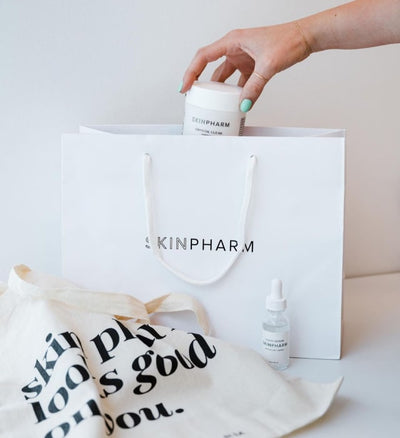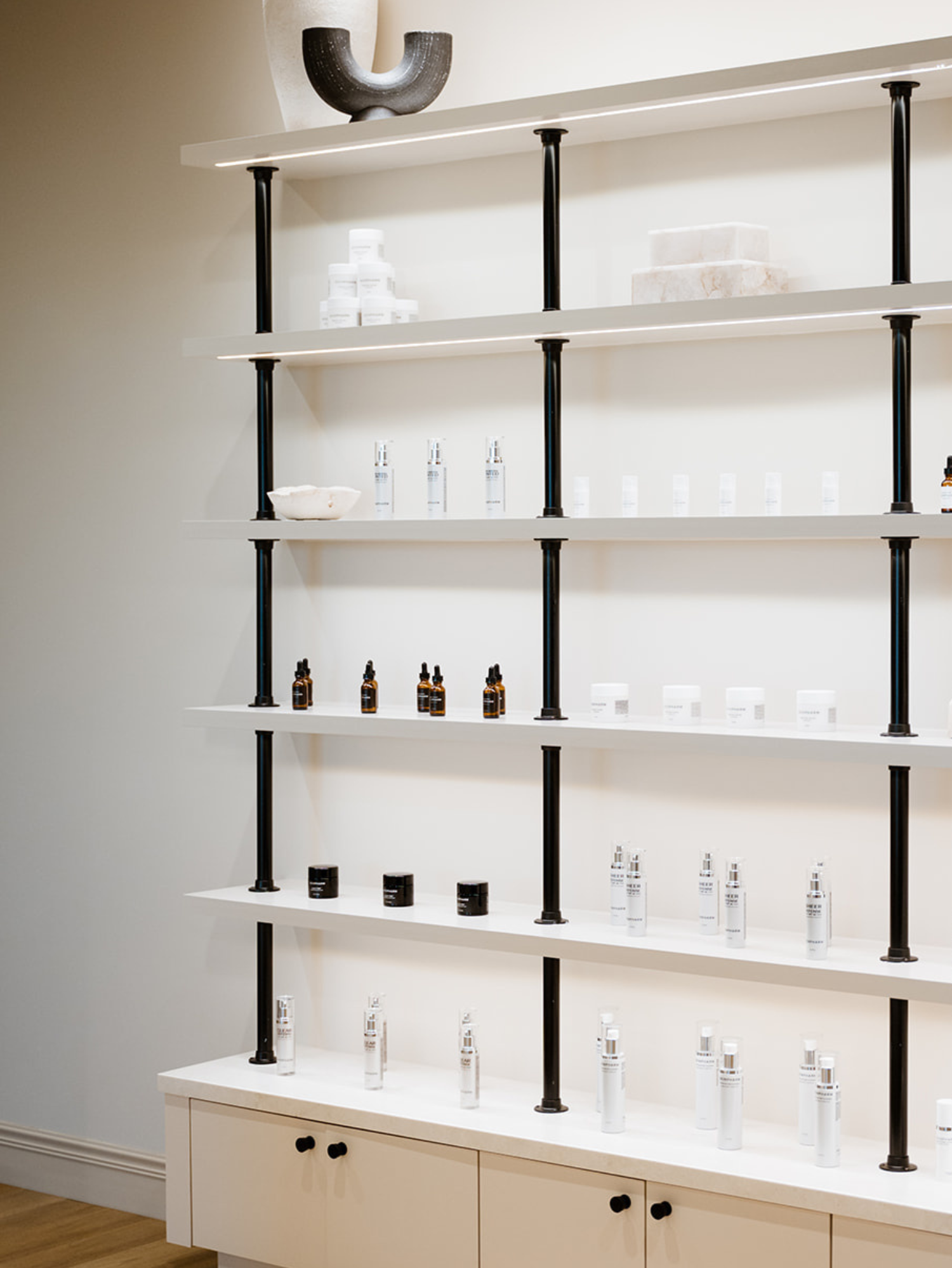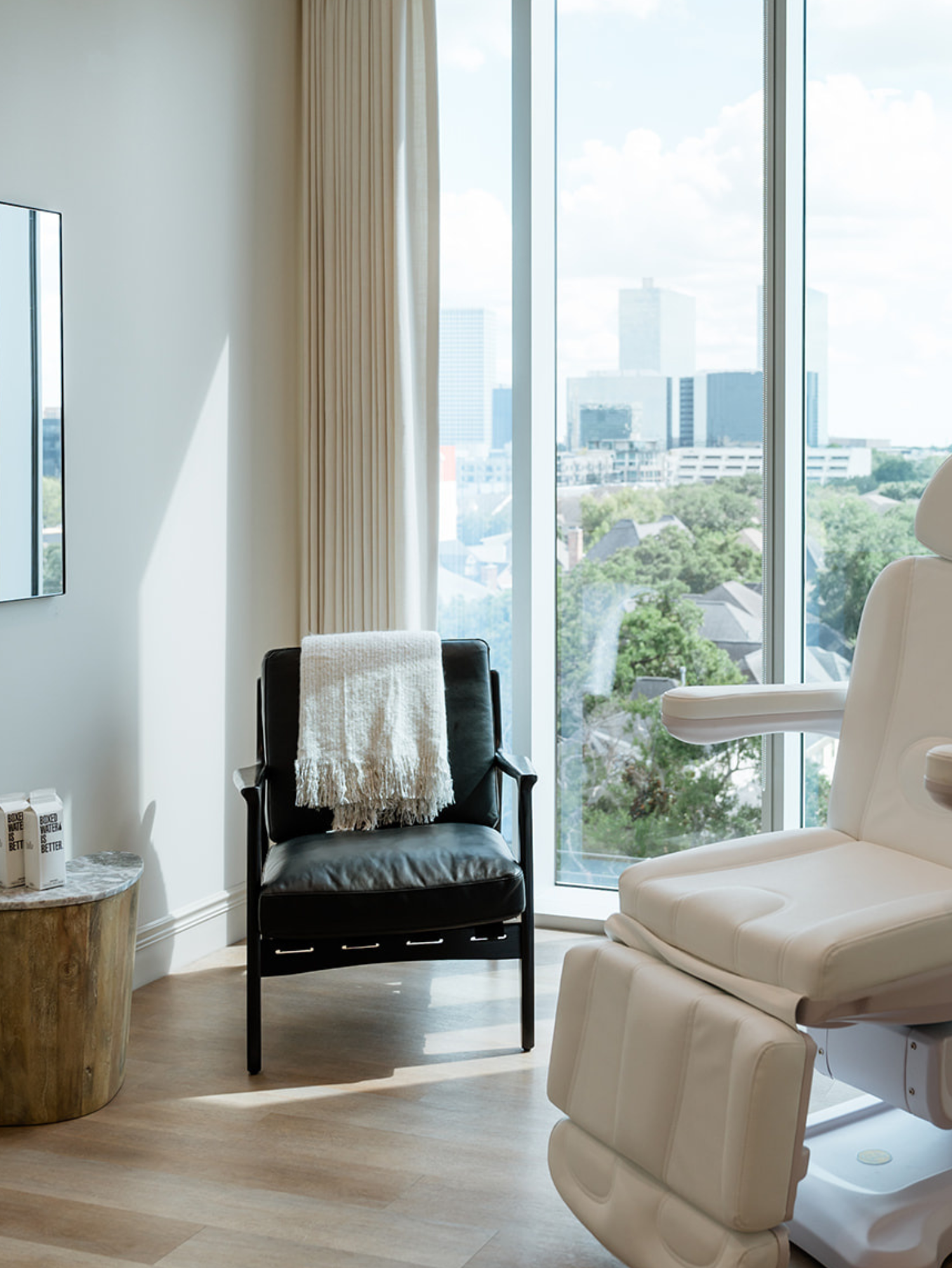Shop skin care
Clinics
VISIT OUR 9 CLINICS →
HOURS
Monday – Friday
9:30a – 5:30p
From Consultation to Post-Treatment Care: Here’s Your Botox Timeline
by Skin Pharm September 12, 2021

Botox is the most popular minimally-invasive cosmetic procedure in the United States.
It has earned that distinction because of the results it can provide and how long those results can last without having to go under the knife.
For many considering Botox injections, part of the hesitancy involves not knowing how the process works. To help provide some clarity and help you feel more confident if you choose to undergo treatment with Botox, the skin care professionals at Skin Pharm created this Botox timeline.
We wanted to walk you through the entire process, from consultation to post-procedure care, so that you can get the answers to your questions before scheduling an appointment. For instance, how long does Botox take to work? How long can it last? We’ve got all that information and more.
Start with a skin consultation
If you’re on the fence about whether or not Botox is right for you, you don’t have to dive in headfirst. Our Skin Pharm providers offer consultations prior to actually having the procedure performed.
This is important even for people who are sure that they want to get Botox, as it can go a long way toward setting and reaching your skin goals.
Generally speaking, a consultation for Botox is more than just answering “how long does Botox take to work?” While each consultation is unique, they normally include most of the following questions:
- What are your skin goals?
- Do you have any medical conditions? Allergies?
- Are you taking any medications? Vitamins? Supplements?
- Do you use alcohol, tobacco or recreational drugs?
Using the answers to those questions, your medical provider will work with you to come up with a treatment plan. They will discuss what to expect, likely outcomes and potential risks and side effects.
They can also give you an estimate of how many units you might need and where they’d recommend that those injections be placed. They can also answer any questions that you may have about the procedure.
Pre-treatment guidelines
Once you’re ready to get Botox injections, there are a few pre-treatment guidelines that are recommended. These guidelines help your procedure go smoothly and can impact how quickly you heal from it afterward.
TIMING—
We recommend that you schedule your Botox injections at least two weeks before any special events, if possible. That way, it’s most likely that any redness, swelling and bruising that you may experience will have the chance to resolve – leaving you looking your best without visible side effects.
OTC MEDICATIONS + SUPPLEMENTS—
Within three days to a week before your appointment, you may want to discontinue the use of certain over-the-counter medications and supplements.
The reason behind this suggestion (which should only be taken with the approval of your primary care physician) is that it may help minimize any bleeding or bruising after your procedure is finished.
Those medications include:
- Aspirin
- Other NSAIDs (nonsteroidal anti-inflammatory drugs) - ibuprofen and naproxen are two of the most common
- Ginkgo biloba
- Garlic
- Ginseng
- St. John’s Wort
- Flax oil
- Cod liver oil
- Other essential fatty acids (omega-3s, omega-6s)
- Vitamin A
- Vitamin E
- Niacin
- Arnica
If you take any prescription medications, your medical provider will discuss this during your consultation and develop a plan during treatment.
DIET—
In addition to making potential changes to the over-the-counter (OTC) medications and supplements that you take, there are a few suggestions of temporary changes to your diet that may help.
They are normally recommended for 24 - 48 hours both before and after treatment, as it may minimize the risk of bruising and swelling.
This includes stopping the use of alcohol, caffeine and tobacco products, as well as foods that are high in sodium, sugar and refined carbohydrates. You may also want to cut back on the amount of spicy food that you eat.
COLD SORES—
Cold sores can happen to anyone at any time. However, if you have a history of cold sores, make sure that you discuss it with your provider at your consultation. They may prescribe you a temporary antiviral before treatment to minimize the risk of an outbreak, especially if you’re having Botox injections near your mouth.
WHY YOU MIGHT NOT BE ABLE TO GET TREATED—
Even though you have an appointment scheduled, there are a few situations that would make you unable to get your injections. For instance, if you have an active rash in any of the areas being treated, you will likely need to reschedule your appointment.
You also won’t be able to have Botox injections performed if you are pregnant or breastfeeding.
The procedure
When you arrive for your Botox injections, you’ll undergo screening to make sure that you’re still medically fit to have treatment performed. You’ll also go back over your treatment plan, so you know where the injections will happen and how many units you will need to achieve your results.
Once you’re cleared, administering Botox involves injecting the medication into the muscle just underneath the skin. The needles are tiny, usually no larger than three strands of hair placed together.
Most people describe the actual injections as feeling like just a small pinprick. The entire procedure usually takes just a few minutes total, and the downtime afterward is minimal. Many people return to their regular routine immediately thereafter.
Potential side effects
The vast majority of side effects associated with Botox injections are considered to be transient, meaning they resolve quickly. This includes potential side effects including:
- Redness at the injection site
- Sensitivity around the injection site
- Allergic reaction
- Itching
- Headache
- Dropping of the eyelids or forehead
- Bruising
- Swelling
If you experience any shortness of breath, difficulty swallowing, muscle weakness or other unusual side effects, seek medical attention as soon as possible.
However, Botox has been extensively researched and found to be safe for most people.
Post-treatment guidelines
After your Botox injections, there are also some post-treatment guidelines that we recommend. Just like the pre-treatment guidelines, these are suggested to help you minimize how long the visible healing process takes.
The exact list of over-the-counter medications and supplements that it is recommended to hold off on before your Botox procedure should also be extended for three days to a week after treatments as well.
However, if you experience any soreness around your injection sites, Tylenol is considered to be the safest, with your medical provider’s consent.
You’ll also want to continue your dietary changes for an additional 24 - 48 hours after your procedure, too.
Avoid touching the area you’ve received Botox injections in for at least four hours after treatment to avoid accidentally spreading the medication to unintended areas of the face. For the same reason, wearing hats, lying down and any activities involving straining, vigorous exercise or heavy lifting for the same period of time.
In addition, if you are planning to have any other cosmetic procedures, it’s recommended that you wait at least two weeks before having them done. This includes facials, laser treatments, ultrasounds, microdermabrasion and massage.
How long does Botox take to work?
One of the most frequently asked questions people ask about Botox injections is “how long does Botox take to work?”
The answer to this question depends on where you’ve gotten treatment, how many units you received and if you’ve gotten Botox injections before.
Generally, it takes between three to five days to start seeing visible results. This time may be decreased if you've received regular Botox injections, especially if your skin is still experiencing the effects of the previous treatment.
Most people will see maximum results between 10 - 14 days after their injections. If you haven’t achieved your desired results after two weeks, you may need additional injections.
Botox itself lasts between three to four months, which is when most people schedule their follow-up appointments. If you choose not to have repeat injections, movement to the muscles the Botox was injected into will gradually start to come back. This may or may not lead to a return of the wrinkles you were targeting.
To sum things up...
The Botox procedure, from start to finish, takes just a few minutes. However, knowing how best to prepare ahead of time and what to expect afterward can make your experience as smooth as possible.
Learning the answer to frequently asked questions like “how long does Botox take to work?” can also help you know when you need to schedule your follow-up appointments.
There’s a reason that Botox is the leading cosmetic procedure performed in the United States. For just a few minutes of discomfort, you get long-lasting, impressive results that can last for months at a time.
SOURCES:
Botulinum Toxin Consultation | American Society of Plastic Surgeons (plasticsurgery.org)
List of Common NSAIDs + Uses, Types & Side Effects | Drugs.com
